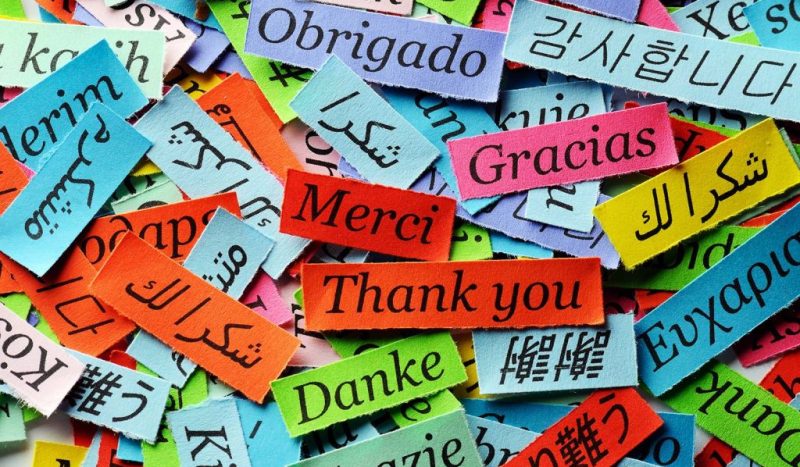Logos are simple, abstract marks that come to be synonymous with your company or organization. Over the years in helping clients design logos, we’ve learned that a new logo doesn’t always give you that instant butterflies-in-your-stomach feeling. Like taking a car out for a test drive, it might take a while to get comfortable and understand how all of the car’s new features work.
Logos become —they accrue meaning over time.
For many organizations, a great temptation in designing a new logo is making it too literal. For example, the coffee shop logo that includes a smiling barista handing you a cup of coffee with a coffee bean on the cup. Not only is this logo too complex and detailed, making it hard for the eye to know where to focus; the logo is simply trying too hard.
A logo doesn’t need to tell the whole story of a company with its design. Rather, a good logo will remind people of the story and the experience they’ve had with the business. The story of the company is created through customer service and client relations, the experience of using your website or walking into your storefront.
A logo is a visual reminder of all of those combined experiences. Great logos will carry emotions and memories of an organization, so they don’t need to be literal.
The best logos have the ability to endure the test of time and innovation. Consider the Mastercard logo first created in the 1960s before online shopping was even on the horizon. Yet, the iconic red and gold overlapping circles have remained nearly unchanged in the last six decades [1].
When it was first introduced, the logo included the name of the company overlaid on the circles in white text. Today, there is no need. The logo can appear on the checkout screen of an online store, a café door, or on company letterhead and everyone knows what it means. The simple shape and color of the logo can adapt to any place, size, or mode of communication.
What makes a successful logo?
With the example of the Mastercard logo, we can summarize three key attributes of a successful logo
- Logos must convey the appropriate feeling or character. The image of overlapping circles of the Mastercard logo presents an idea of connection, which is what credit cards do. They connect you and your money to your purchased product or experience. While the Mastercard logo conveys connectivity, a bank may want a logo to represent trust and reliability. And a technology company may want to deliver the feeling of innovation.
- Logos must be simple. Often in design, less is more; with logos, this is always true. The logo must have uncomplicated shapes and colors so that it can be adaptable to any size or media. Logos that have images that are too intricate or contain too many colors are hard to adapt for smaller spaces such as browser icons or large spaces such as billboards. Simplicity also ensures that a logo will be versatile enough to look amazing next to photos, as well as on apparel, folders, welcome kits, business cards, and so on.
- Logos must be distinctive. With so many logos and images out there competing for our attention, we need to create a memorable image, even as we stick to the rule that simple is best.
Building a long term relationship
It is the tension between these three attributes — simplicity, distinction, and suitability — that make logo design so rewarding. The simple abstract marks your designer first presents to you might seem too abstract at first, but with every iteration of the logo, it will accrue meaning. Thus, you must guard how you use your logo. For this reason, we work with clients to create a design guide, a rule book for how a company’s logos, colors, and fonts should be used to maintain the intended feeling and character.
Starbucks recently realized this accrual of meaning with their logo on their paper cup — in an unexpected way. It’s easy to recall the bold green-and-white lines forming a circle with the two-tailed mermaid. While the ubiquitous image of patrons walking down the sidewalk with the paper cup cup in their hands may seem like a win for the logo, the company recently announced they will be phasing out the iconic cups [2]. Their goals of sustainability were clashing with the image of their disposable cups being tossed into trash cans. Their logo never intended to become an icon of disposable culture, so to retrieve their logo from the trash they are cutting out a tool that gave their logo such visibility.
Like long-term relationships, your relationship with your logo grows in depth and meaning — and needs upkeep from time to time. Never take your logo for granted, it’s always working as an ambassador for your business.
[1] Mastercard Logo. Feb 2022. https://logos-world.net/mastercard-logo/
[2] Starbucks plans to phase out paper cups in the U.S. and Canada. NPR. https://www.npr.org/2022/03/16/1086862986/starbucks-plans-to-phase-out-paper-cups-in-the-u-s-and-canada


